Nitrogen: Element Properties And Uses
Description
Nitrogen is a colourless, odourless gas that makes up 78% of Earth's atmosphere. It plays a crucial role in various chemical processes and is widely used across industries.
Introduction to the Element
Nitrogen is a non-metallic element with the chemical symbol "N" and atomic number 7. It is a vital component of the Earth's atmosphere, accounting for nearly 78% by volume. Nitrogen is an essential building block for all living organisms, as it forms a critical part of amino acids and nucleic acids. It is also present in many fertilisers, explosives, and industrial chemicals.
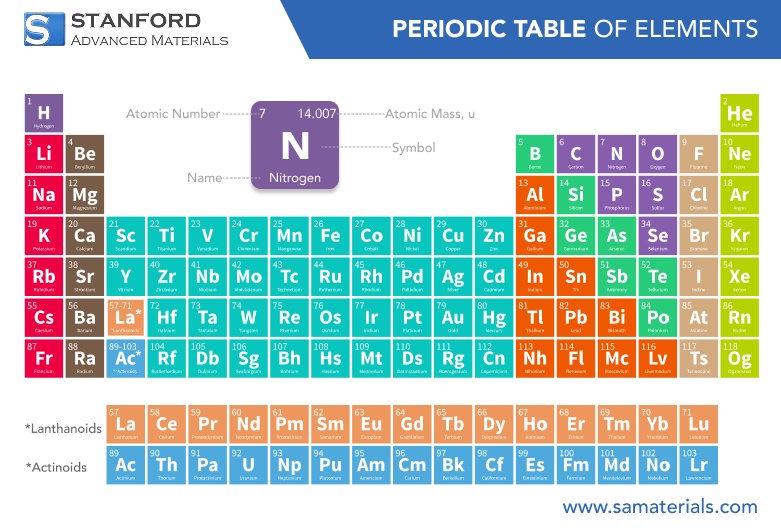
Chemical Properties Description
Nitrogen is a relatively inert gas under standard conditions due to its strong triple bond between nitrogen atoms in the diatomic molecule (N₂). This makes it less reactive compared to other gases such as oxygen. However, nitrogen can form a variety of compounds with other elements, such as ammonia (NH₃), nitric acid (HNO₃), and nitrogen oxides (NOₓ). These compounds play crucial roles in industries including agriculture and manufacturing.
Nitrogen can also act as an oxidising agent in certain reactions, such as in the production of nitric acid. Under extreme conditions, such as high temperature or pressure, nitrogen can react with hydrogen to form ammonia through the Haber process.
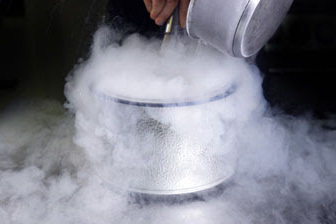
Physical Properties Data Table
|
Property |
Value |
|
Atomic Number |
7 |
|
Atomic Mass |
14.007 g/mol |
|
Melting Point |
-210°C |
|
Boiling Point |
-196°C |
|
Density (at 0°C, 1 atm) |
1.2506 g/L |
|
Appearance |
Colourless, odourless gas |
|
State at Room Temperature |
Gas |
|
Solubility in Water |
Slightly soluble |
For more information, please check Stanford Advanced Materials (SAM).
Common Uses
Nitrogen has a wide range of applications across various industries due to its inert nature and versatility. Some of its common uses include:
- Agriculture: Nitrogen is an essential nutrient for plants and is a key component of fertilisers such as ammonium nitrate and urea.
- Food Industry: Nitrogen is used to preserve food products by displacing oxygen, thereby preventing spoilage and oxidation.
- Electronics: Nitrogen is used in the production of semiconductors and other electronic components to create a controlled, oxygen-free environment.
- Medicine: Nitrogen is used in cryogenics for freezing biological samples and in medical devices that require controlled environments.
- Manufacturing: Nitrogen is used as an inert gas in metal production and welding processes to prevent oxidation and contamination.
Preparation Methods
Nitrogen is mainly obtained through fractional distillation of liquefied air. This process separates nitrogen from other components such as oxygen and argon. Nitrogen can also be produced by the decomposition of certain chemical compounds, such as sodium azide (NaN₃) in airbags or from the reaction of ammonia with oxygen at high temperatures.
Related Industrial Products
Several industrial products are derived from nitrogen or its compounds:
- Ammonia (NH₃): Used in fertilisers and explosives.
- Nitric Acid (HNO₃): A key ingredient in fertilisers, explosives, and cleaning agents.
- Sodium Nitrite (NaNO₂): Used in food preservation and in the production of dyes and chemicals.
- Nitrogen Gas: Used in industries including electronics, pharmaceuticals, and food packaging for its inert properties.
Frequently Asked Questions
What are the main uses of nitrogen in industry?
Nitrogen is used in agriculture (fertilisers), food preservation, electronics (semiconductor production), cryogenics, and welding processes.
Is nitrogen harmful to humans?
In its natural form, nitrogen is non-toxic, but inhaling high concentrations of nitrogen gas can displace oxygen, leading to suffocation.
How is nitrogen obtained for industrial use?
Nitrogen is typically obtained through the fractional distillation of liquefied air or by decomposing compounds such as sodium azide.
What is the most common nitrogen compound?
Ammonia (NH₃) is one of the most commonly produced nitrogen compounds, particularly for fertiliser production.
Does nitrogen play a role in plant growth?
Yes, nitrogen is an essential nutrient for plants, contributing to the formation of proteins and chlorophyll.

 Bars
Bars
 Beads & Spheres
Beads & Spheres
 Bolts & Nuts
Bolts & Nuts
 Crucibles
Crucibles
 Discs
Discs
 Fibers & Fabrics
Fibers & Fabrics
 Films
Films
 Flake
Flake
 Foams
Foams
 Foil
Foil
 Granules
Granules
 Honeycombs
Honeycombs
 Ink
Ink
 Laminate
Laminate
 Lumps
Lumps
 Meshes
Meshes
 Metallised Film
Metallised Film
 Plate
Plate
 Powders
Powders
 Rod
Rod
 Sheets
Sheets
 Single Crystals
Single Crystals
 Sputtering Target
Sputtering Target
 Tubes
Tubes
 Washer
Washer
 Wires
Wires
 Converters & Calculators
Converters & Calculators
 Write for Us
Write for Us

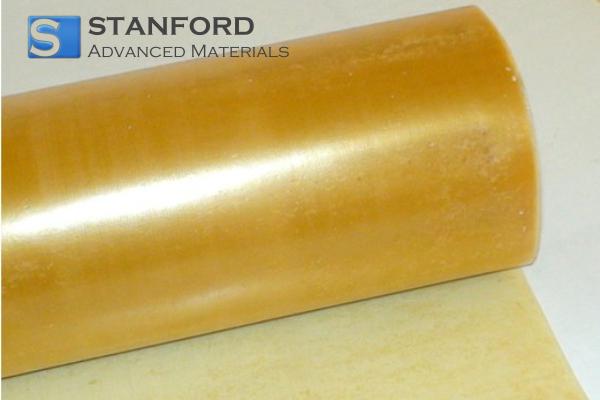
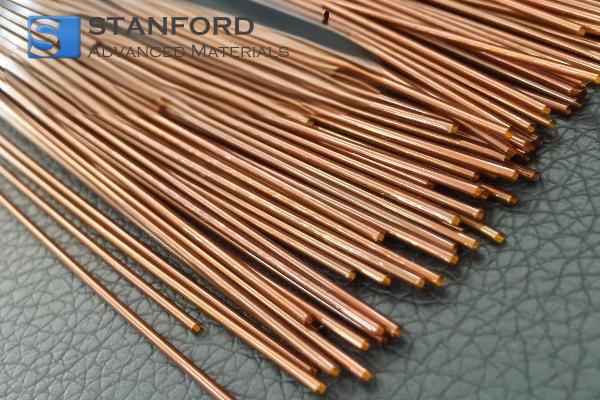
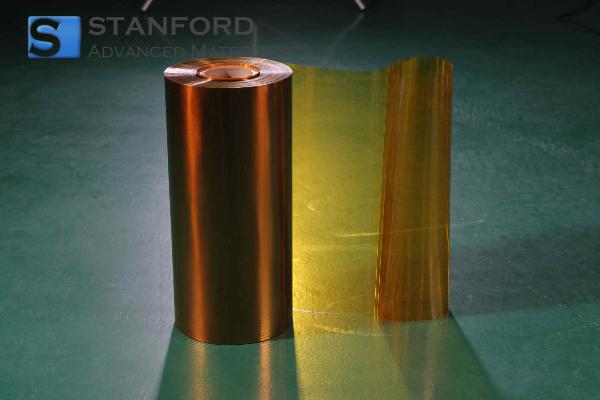
 Chin Trento
Chin Trento



